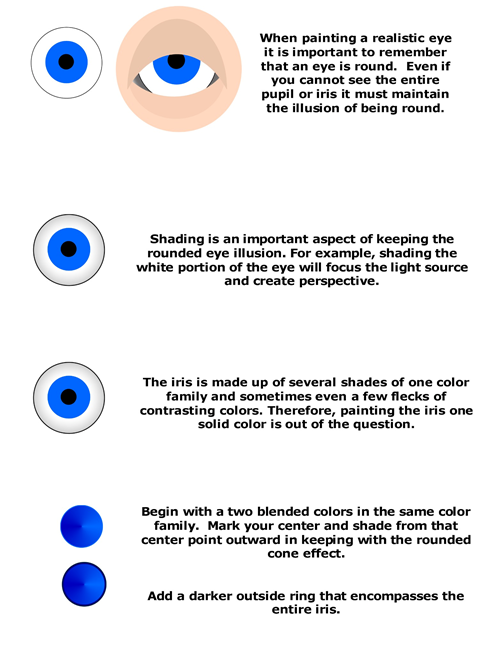After years of exposure to the outdoor elements such as wind and rain, most outdoor concrete statuary will begin to show signs of deterioration. In some cases, the damage caused by erosion can result in small pieces of the structure breaking away, bearing large cracks or missing entire appendages.
Despite the principal damage, not all is lost. There are ways to repair precious concrete statuary that would be considerably less than the cost of replacement.
If the statuary has a section that has uniformly broken away, the use of cement epoxy glue will easily affix the pieces together.
First off the supplies needed:
· Tac Cloth to clean the surface from dust or debris.
· Mix container for Cement Epoxy
· Small Acrylic Sheet to use as a mixing surface for the bondo/hardener
· Cement epoxy
· Bondo + Cream Hardener (should come with bondo)
· Putty Knife, palate knife, or metal squeegee to spread bondo.
· Tool to open a paint can
Bondo dries relatively quickly and most brands give less than four minutes to even out the product on the fractured surface. Therefore, you must be prepared for immediate application using a palate or putty knife for small areas or a metal squeegee for larger sections. Mix the bondo in small amounts filling the crack and feathering the edges to blend the surface. If done properly, it should be difficult to spot the repair once the piece is painted.
**On a side note, always use a paint mask for protection against the toxic fumes! This is not a product to use inside a house. Don’t waste money on expensive clean up products since they usually don’t work. Use disposable utensils whenever possible, otherwise, once the bondo has dried on the metal surface of the squeegee or putty knife, slightly bend the metal part back and forth; the dried bondo will loosen up and comes right off. Use common sense of course.
Next comes sanding! Sanding is a messy yet crucial process. It is a time-consuming task that should not be rushed. Smoothing the Bondo as evenly as possible during the application phase will cut down on the sanding time. A Bondo spot putty can be used to fill pin holes if necessary.
A well-ventilated area, in addition to a paint mask, is essential during the sanding progression as there will be lots of dust. Several grit grades of sand paper can be used to get the perfect finish. Start with a heavier grit paper to sand larger bumps or creases and finish with a fine grit for a smooth finish.
Once the surface is level, the statue is ready to be painted. Bondo can be painted with regular exterior latex paint after the repairs are completed, it is not necessary to prime or seal concrete as this will trap moisture that naturally seeps out of concrete. Before the paint process begins, always make sure the statue is properly conditioned: warm, dry and free of dust or debris.
If the statue is a natural concrete piece, than it will be necessary to match the cement surface by mixing a small amount of quick drying cement found at a local hardware store and applying the paste over the bondo area. By adding less water, the cement can be mixed as a thicker paste that can easily be spread over the seam. Again take care to feather out the compound to blend with the surface as you would when spackling a wall. Minimizing the amount and size of the bondo area during the initial repair will make covering the seam with a cement overlay easier in the end. Let the cement dry completely before moving the statue back into the garden.
Remember, always observe proper handling precautions when using epoxy, cement, and bondo including rubber gloves, respiratory masks, and adequate ventilation.
These are just guidelines to help aid in your repair. We do not endorse any specific brands or products at Epic Restorations. Follow the advice of your local hardware store to find the right brand to suit your needs.


